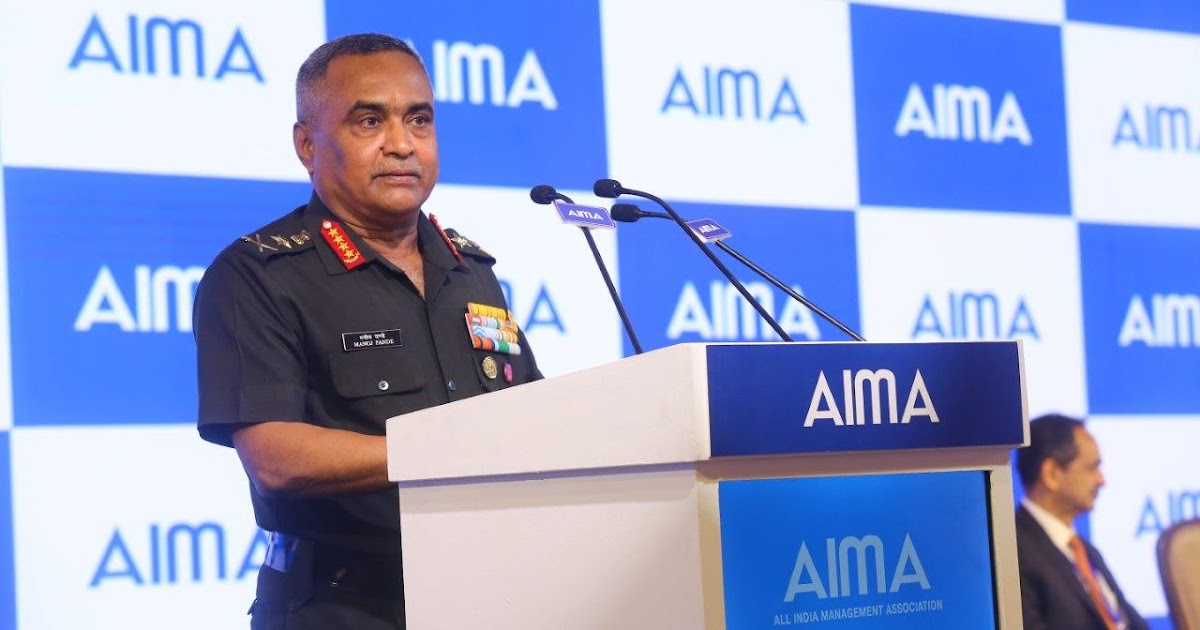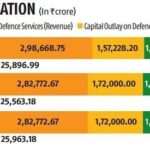
Pande: About 340 indigenous arms producers across the country have been awarded defence contracts worth Rs 2.6 lakh crore
By Vikas Gupta
Defence News of India, 24 April 2024
Chief of the Army Staff (COAS) General Manoj Pande, stated on Tuesday that the Indian Army is changing from being a buyer of weapons to becoming a partner of Indian industry in development and production.
The concept of “national champions” has been adopted in order to build up weapons suppliers with national and global scale, he said.
Pande’s remarks came while he was addressing the national leadership conclave of the All India Manufacturers’ Association (AIMA) in Delhi.
The COAS stated that Indian defence industry is investing in research and advanced production techniques and that the forces are supporting them by providing a viable market.
He mentioned that about 340 indigenous arms producers across the country have been awarded defence contracts worth Rs 2.6 lakh crore.
Even so, India remains the world’s biggest arms importer, says the Stockholm International Peace Research Institute (SIPRI), a Swedish think tank that tracks global arms transfers.
SIPRI says that Russia remains India’s biggest weapons supplier, accounting for 36 per cent of India’s arms imports. France is at second place with 33 per cent of India’s arms imports and the US, which is at third place, accounts for 13 per cent.
Meanwhile, senior army officers have complained about the shortfall of quality weaponry in the army’s arsenal. In 2018, the army’s vice chief, Lieutenant General Sarath Chand, while deposing before the parliamentary standing committee on defence, stated that 65 per cent of its arsenal is obsolete.
Chand testified that the military lacks the artillery, missiles and helicopters needed to fight on two fronts against China and Pakistan.
Pande said the Indian Army is aiming to increase the ratio of state-of-the-art weapon systems in its inventory by 2030; and meanwhile reduce the share of obsolescent systems. This, he said, would take time.
“Immediate replacement of the vintage systems is neither feasible nor desirable, and we will space out upgrades,” he said.
The COAS pointed out that the Indian army’s ammunition inventory has 175 variants, of which 134 are made by the Defence R&D Organisation (DRDO) and public sector defence companies (DPSUs), while private companies are being onboarded.
“The payoff from the indigenization strategy are visible,” Pande said, pointing out that India’s defence exports reached Rs 21,000 crore in 2023-24. That is an increase of 30 times over the past five years, and a lot of those exports came from the private sector.
In addition to promoting self-reliance in weapon production, India’s military is running 120 projects to indigenize development of 45 niche technologies to make Indian forces future ready, according to General Pande. “We need to speed up the adoption of commercially available technologies,” he said.
Indian Army is observing 2024 as the year of technology absorption with emphasis on indigenously sourcing all that is necessary to fight – not just weapons but also ammunition, spares and maintenance needs, he said.
General Pande stressed that India needs to increase its hard power to support the growth of its economy. He said that in the current geostrategic landscape, countries are not hesitating to go to war.
Referring to Exercise Bharat Shakti, held at Pokhran last month, General Pande said that it demonstrated the capability and reliability of made-in-India weapon platforms that are already in service with the armed forces.






